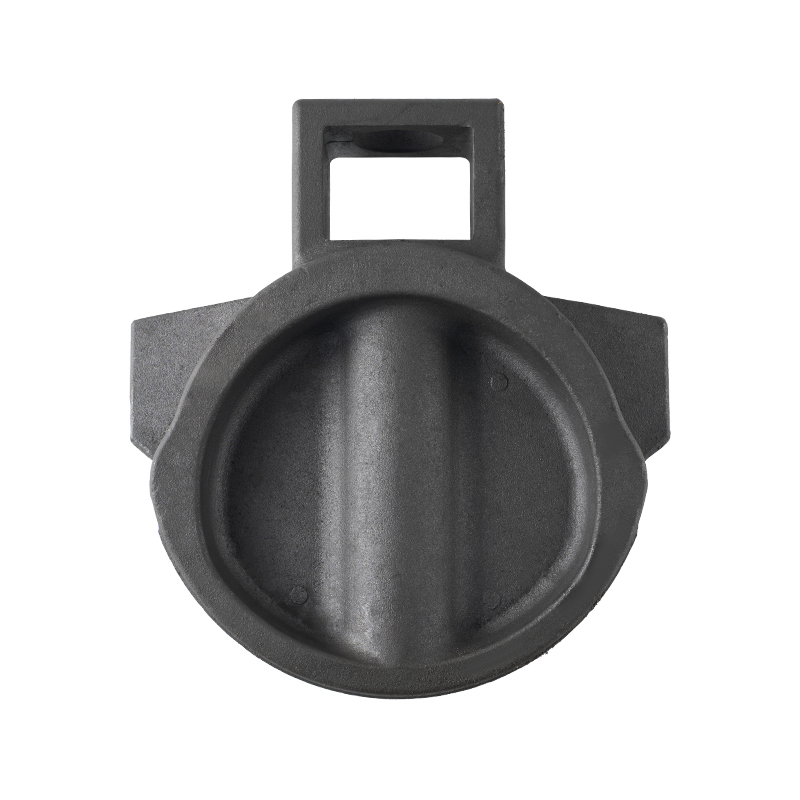Insights into Engineering Machinery Stainless Steel Castings
Industry News-Stainless steel castings play an increasingly vital role in the development of engineering machinery. These components are widely used in sectors such as construction, mining, transportation, and agricultural equipment due to their corrosion resistance, strength, and reliability in challenging environments. Engineering machinery operates under harsh conditions—exposure to chemicals, moisture, and mechanical stress—which makes stainless steel an ideal material for critical load-bearing and wear-resistant parts.

The casting of stainless steel allows manufacturers to produce intricate shapes and custom-designed components that would be difficult or costly to machine. Examples of such components include gears, brackets, housings, and hydraulic system parts. Precision casting techniques, such as investment casting and silica sol casting, enable tight tolerances and smooth surfaces, reducing the need for extensive post-processing.
Moreover, stainless steel castings offer advantages in terms of maintenance and lifecycle. Their resistance to rust and deformation contributes to the long-term durability of engineering machines, reducing the frequency of part replacements and minimizing downtime.
Another benefit is their adaptability to various alloy grades. Depending on the specific performance needs—such as high temperature resistance or impact toughness—manufacturers can select appropriate stainless steel types like 304, 316, or duplex grades. This flexibility supports the growing diversity and specialization of engineering machinery across different industries.
Developing valve fittings castings presents several technical and practical challenges, particularly due to the precision and performance requirements of these components. Valve fittings are responsible for controlling the flow, pressure, and direction of fluids in pipelines, and any failure in casting quality can lead to leakage, system inefficiency, or even critical safety hazards.
One of the main difficulties lies in the complexity of internal structures. Many valve components require intricate cavities and channels, which are difficult to form consistently using traditional sand casting methods. Investment casting or precision sand molding is often necessary, but these processes demand meticulous control of wax patterns, mold integrity, and metal flow.
Another common challenge is achieving dimensional accuracy and surface finish. Valve fittings must maintain tight tolerances, especially in sealing areas where a poor fit can compromise system performance. Achieving this precision requires advanced tooling, well-controlled casting temperatures, and careful management of shrinkage during solidification.
Material selection adds further complexity. Valve castings must withstand pressure, corrosion, and temperature fluctuations depending on their application in water supply, chemical processing, oil and gas, or food industries. Each of these sectors may demand different metal grades—such as stainless steel, brass, bronze, or alloy steel—which affect the casting behavior and post-treatment process.
Defects such as porosity, sand inclusion, and cold shuts are other concerns during development. These imperfections may not always be visible externally but can severely impact the durability and sealing capability of valve components. As a result, comprehensive testing and inspection—such as X-ray or pressure testing—are required, increasing the cost and time involved in development.
Lastly, regulatory standards and international certification requirements also pose development challenges. Valve fittings must comply with industry-specific regulations, such as ANSI, API, or ISO standards, which impose strict quality and safety requirements on casting materials and processes.
While valve fittings castings are essential in fluid control systems, their development involves overcoming significant technical hurdles. Ongoing advances in casting technology, mold design, and quality assurance are key to addressing these challenges and ensuring safe, high-performance valve systems.
 En
En
 русский
русский Español
Español عربى
عربى Deutsch
Deutsch















